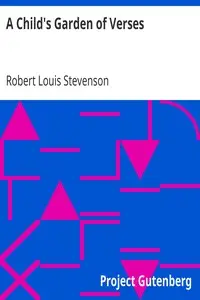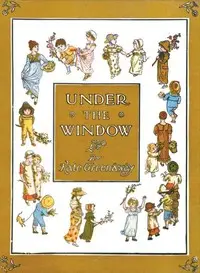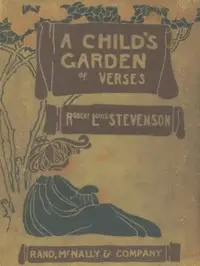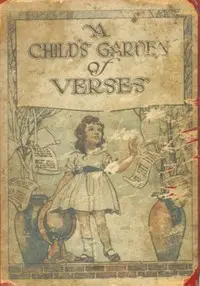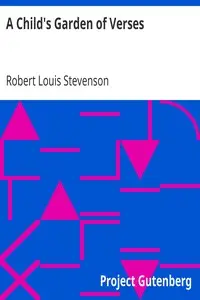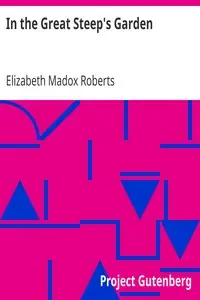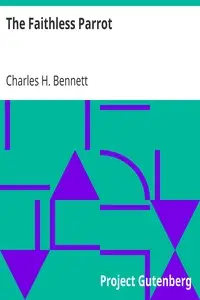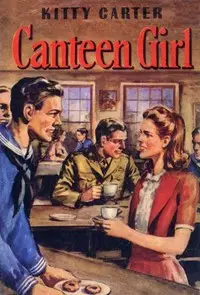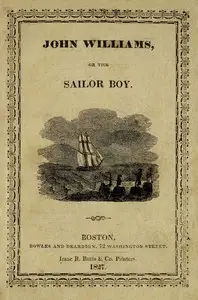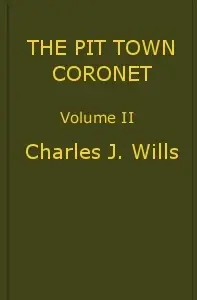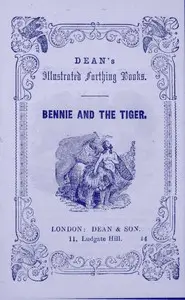"Under the Tree" by Elizabeth Madox Roberts is a collection of early 20th-century poems that explores the beauty and wonder of childhood. These poems take you into a young person's world, where the ordinary becomes magical through curiosity and imagination. You'll find poems about the simple happiness of watching milk being poured, quiet meetings with shy animals, sibling relationships, and the thrill of going to the circus. Roberts uses playful words and clear images to show the feelings and experiences of childhood, making the book a delightful journey through a world filled with innocence.

Under the Tree
By Elizabeth Madox Roberts
Experience childhood anew through poems that capture the magic of everyday moments, from encounters with rabbits to the excitement of the circus.
Summary
About the AuthorElizabeth Madox Roberts was a Kentucky novelist and poet, primarily known for her novels and stories set in central Kentucky's Washington County, including The Time of Man (1926), "My Heart and My Flesh," The Great Meadow (1930) and A Buried Treasure (1931). Her distinct, rhythmic prose characterizes all of her writings. Robert Penn Warren called "The Time of Man" a classic; the eminent Southern critic and Southern Review editor Lewis P. Simpson counted her among the half dozen major Southern renascence writers. Three book-length studies of her work, three collections of critical articles, a major conference on her 100th birthday, a collection of her unpublished poems, and a flourishing Roberts Society that generates 20-odd papers at its annual April conferences have yet to revive wide interest in her work.
Elizabeth Madox Roberts was a Kentucky novelist and poet, primarily known for her novels and stories set in central Kentucky's Washington County, including The Time of Man (1926), "My Heart and My Flesh," The Great Meadow (1930) and A Buried Treasure (1931). Her distinct, rhythmic prose characterizes all of her writings. Robert Penn Warren called "The Time of Man" a classic; the eminent Southern critic and Southern Review editor Lewis P. Simpson counted her among the half dozen major Southern renascence writers. Three book-length studies of her work, three collections of critical articles, a major conference on her 100th birthday, a collection of her unpublished poems, and a flourishing Roberts Society that generates 20-odd papers at its annual April conferences have yet to revive wide interest in her work.

